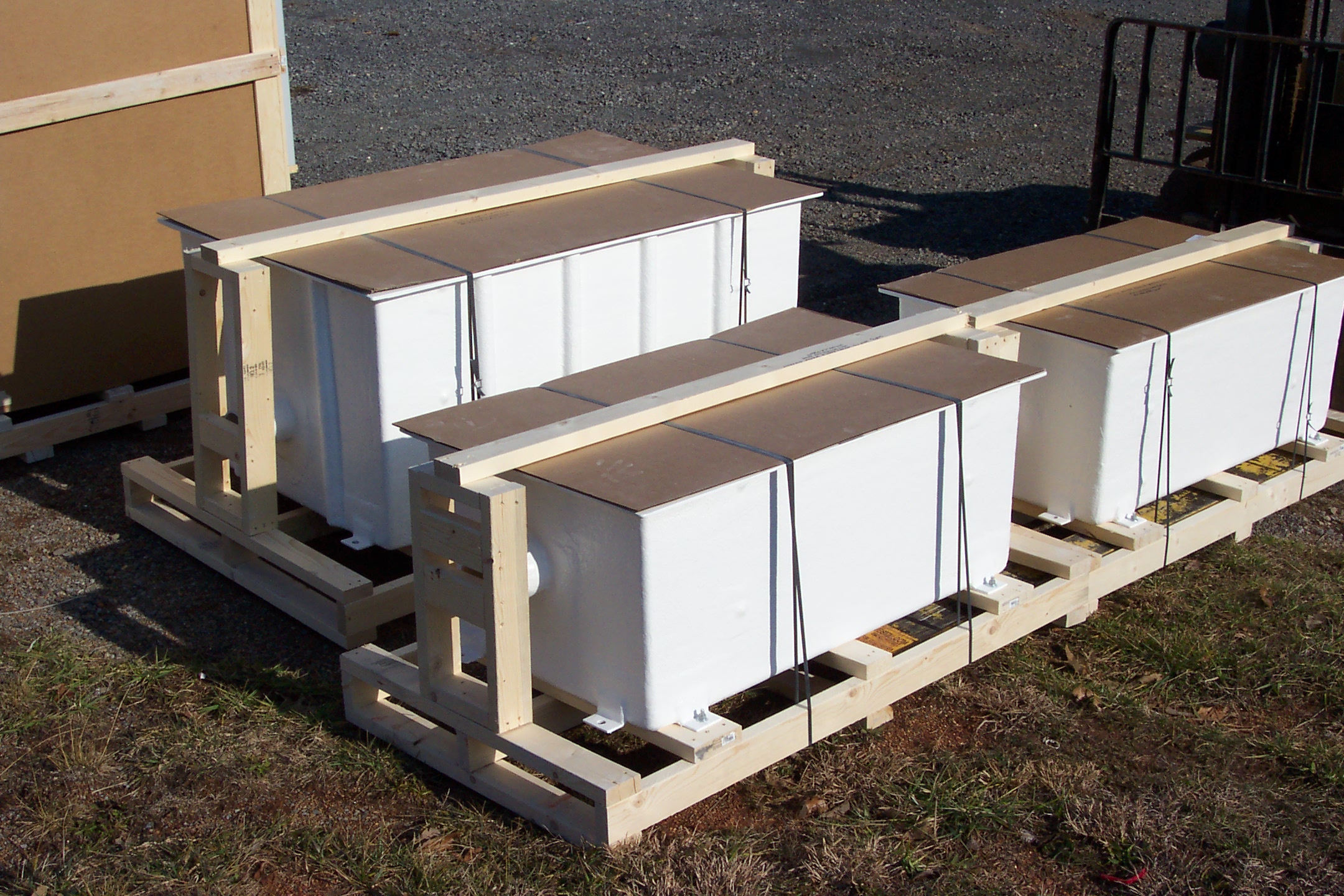If you need to measure flow in an open channel, there are several devices that you can choose, including a fixed weir plate. Weir plates provide a number of benefits, and they are a popular choice when measuring flow in outdoor settings. Here are a few facts about fixed weir plates that you need to know if you’re looking for a primary flow management device.
What Is a Weir Plate?
Weir plates are a very common open channel flow measurement device, and they’re actually a lot easier to understand than they might seem at first glance. Essentially, when you install a weir in an open channel, you’re obstructing flow for the purpose of measurement. With the channel blocked, the flow builds up and passes over a notch, known as a crest, in the weir plate. The purpose of the crest is to accelerate the flow as it spills into the channel downstream, and measuring this acceleration lets operators determine flow rate. When used correctly, a weir plate is one of the most accurate flow measurement devices available today. Choosing the right point of measurement is more difficult than with a flume, so if you want to use this device, you’ll need an experienced operator.What Are Weir Plates Made Of?
Now that you’re a little more familiar with what weir plates are and how they work, it’s a good idea to learn what materials are used to make fixed weir plates. When it comes to the crest of the weir, stainless steel is the most common choice. The reason for this is that if the weir crest is damaged, accurate readings will be impossible, and stainless steel is a highly durable material. Other materials can be used to construct the rest of the weir plate. For instance, in some applications, the weir plate is made from fiberglass, another durable material that’s resistant to a wide variety of damage. Realistically, the application where you’re installing your plate will be the determining factor in what material you choose.Reasons Not to Use a Weir Plate
As with every flow management device that you could install in your system, weir plates do have some limitations that you should keep in mind. One of the biggest drawbacks of weir plates is that you must be vigilant about maintaining the integrity of the weir crest. If the flow in your system contains sedimentation or other forms of solid debris, you’ll need to regularly check the crest and remove all blockages so that flow can spill over it freely. Weirs are also only suitable in certain temperatures. If you need to measure flow in an area where freezing temperatures are common, you’ll need to choose some other flow management device.Find Your Flow Management Device
Fixed weir plates, as you can see, are very reliable flow management devices that can take accurate flow readings in a variety of applications. If you need help choosing the right weir box for your operation, working with Tracom, FRP is your best option. We offer the highest quality fiberglass open channel flow devices on the market today, including weir boxes. Contact Tracom to find out more about our products and to get help choosing your flow device.More Resources!
Why You Need Weir Maintenance
April 29, 2021
Implementing a weir box in your open channel flow is one of the best ways to get highly precise flow rate measurements, provided that the ...
Read More →
What You Need to Know About Weirs
July 13, 2021
While there are plenty of solutions for measuring flow rate in open channels, weirs are among the best options available. They can provide accurate measurements ...
Read More →





